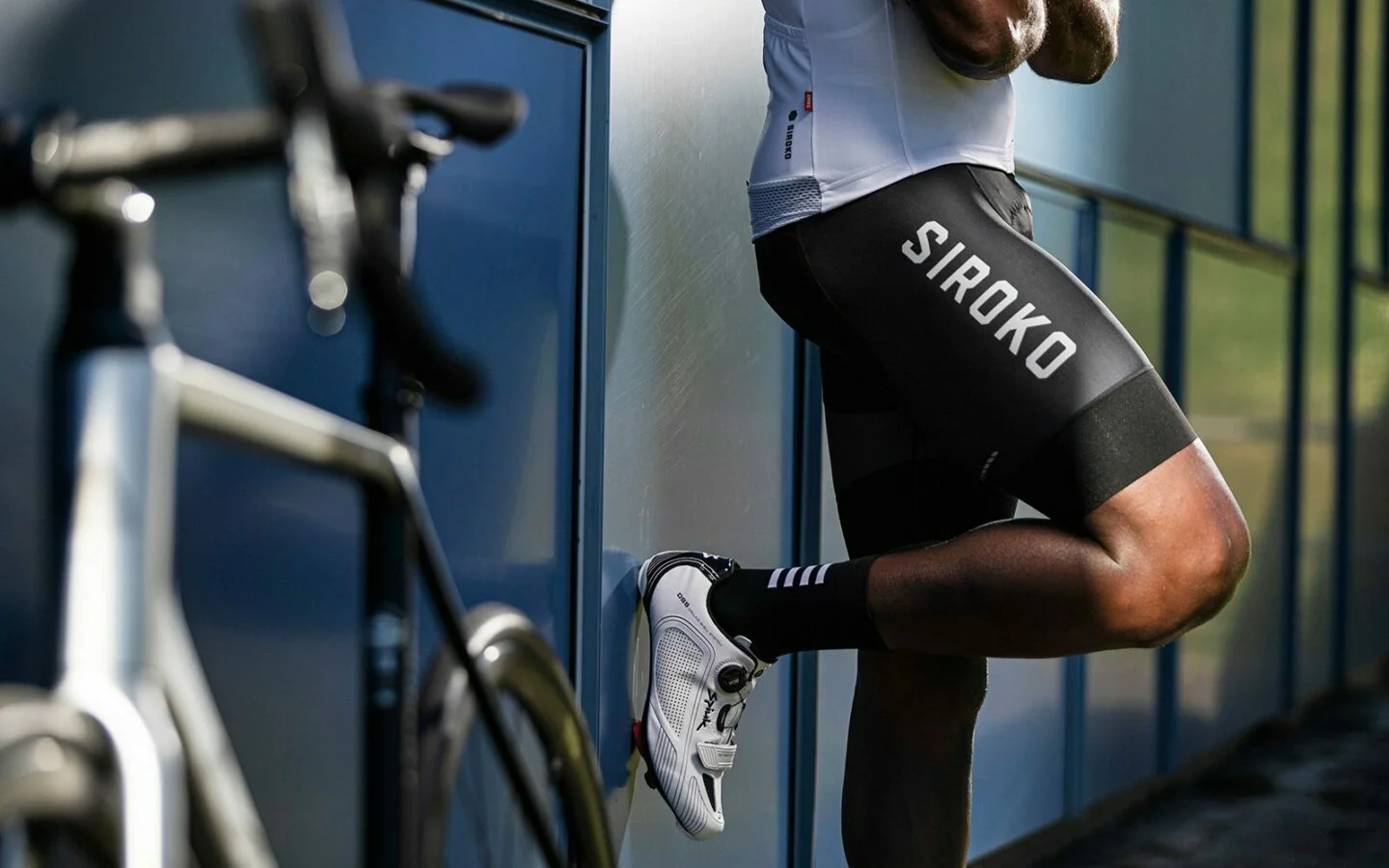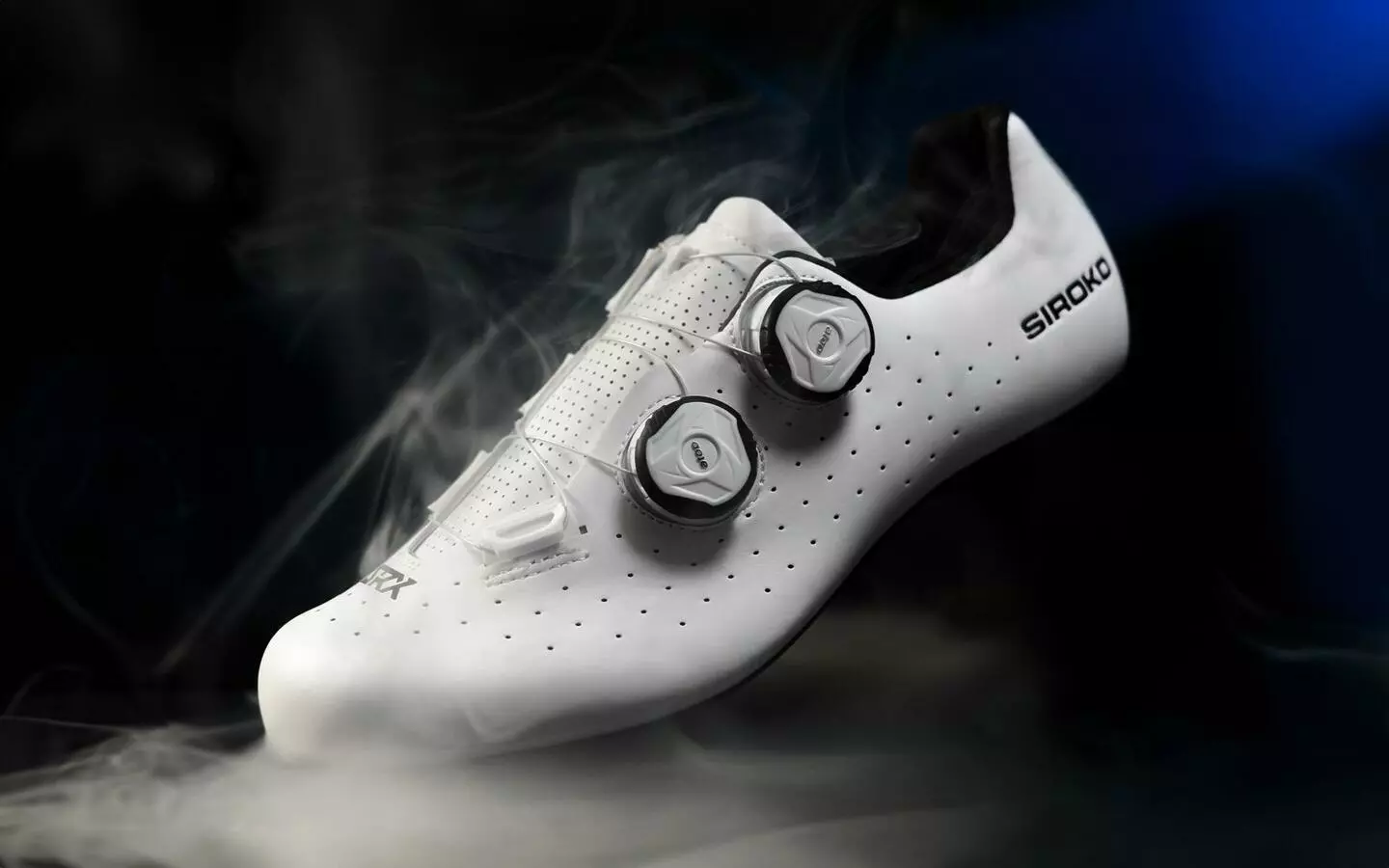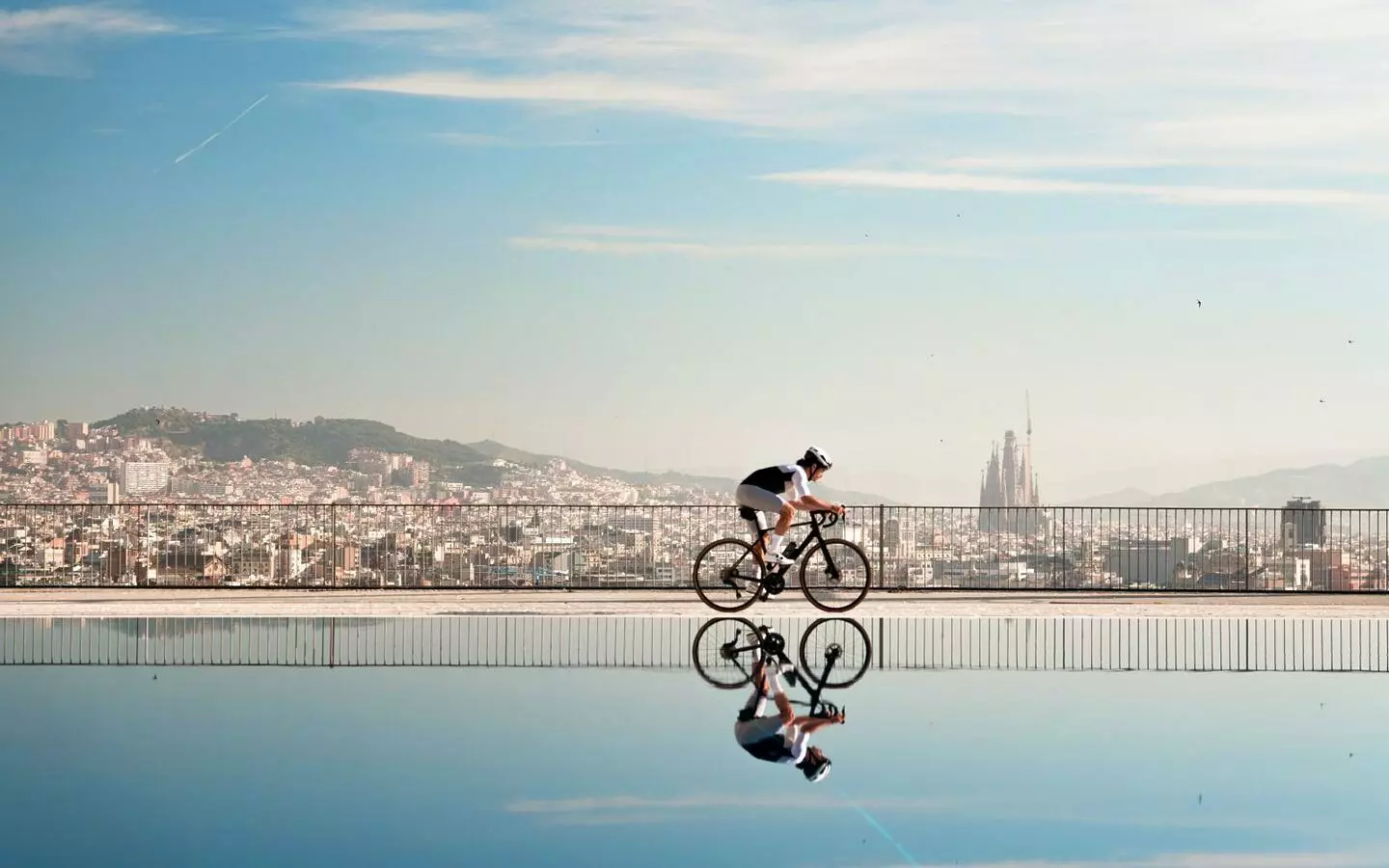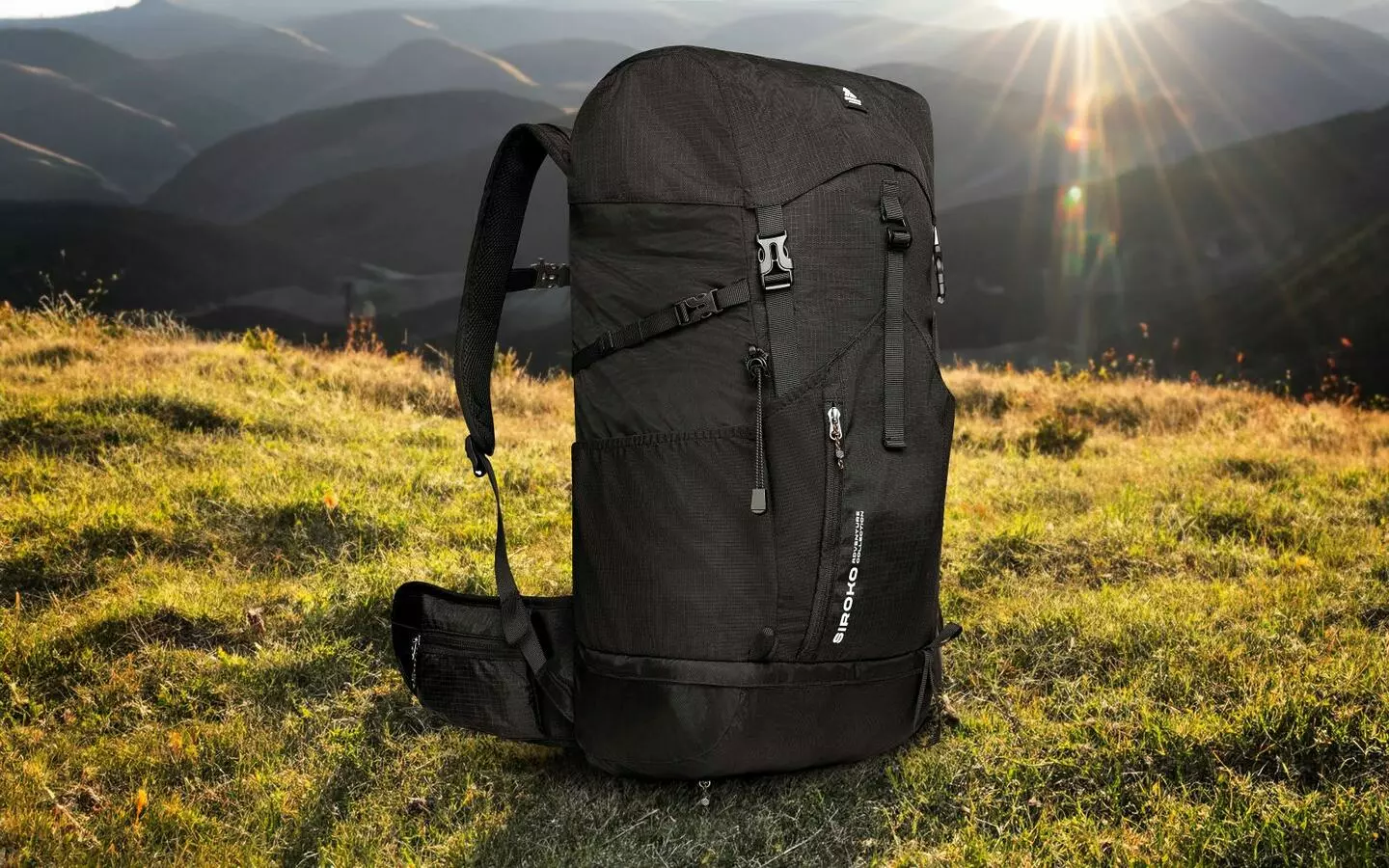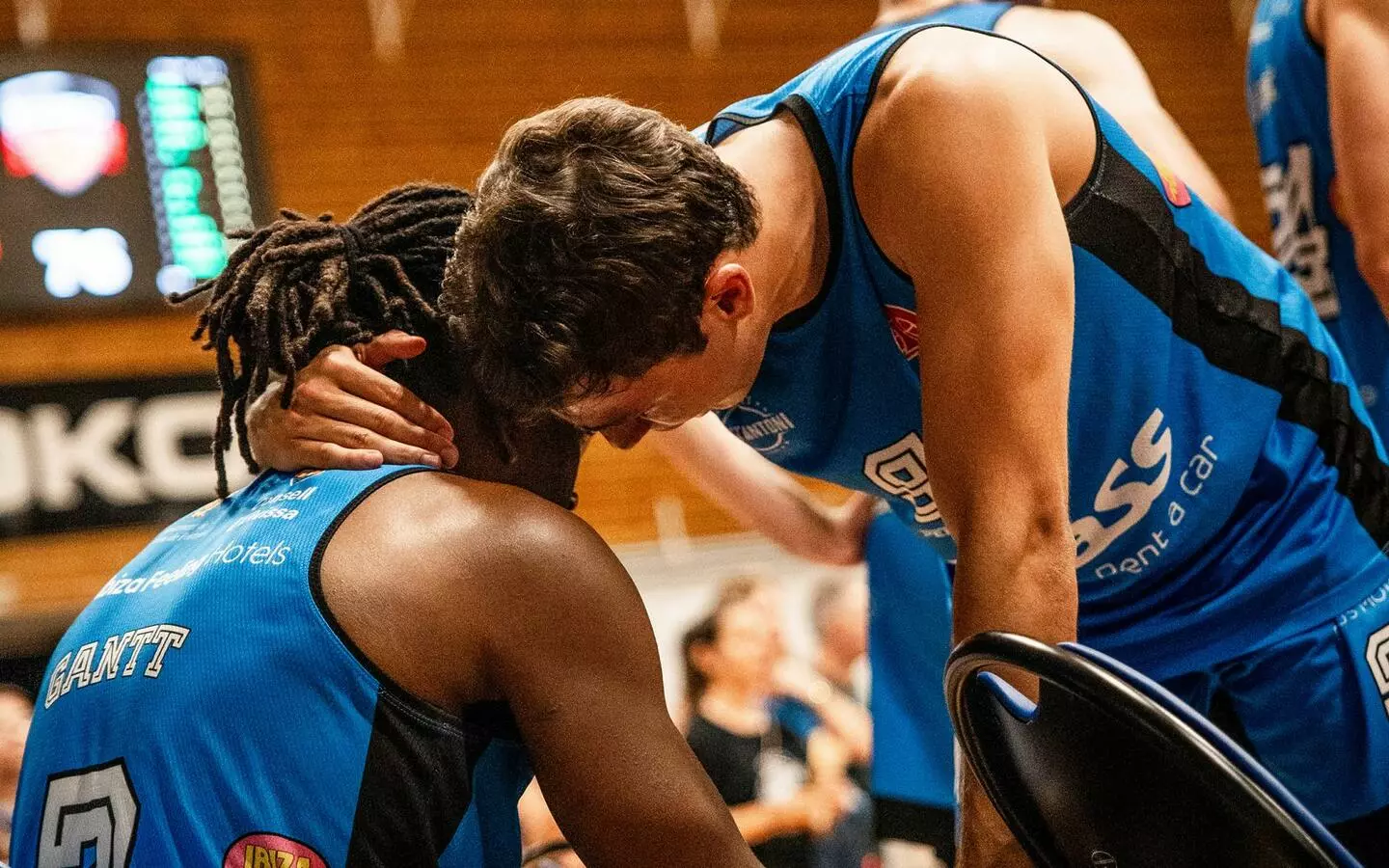Despite being one of the most common problems among cyclists, cramps remain one of the great unsolved mysteries. Those of us who cycle or exercise regularly know perfectly well what cramps are and how they feel, but the reasons why they occur are as varied as the miracle solutions we’re told to try. Bananas, electrolytes, pickles, mustard… we could do a whole article on these remedies, but there is only one way to stop the cramp pain when it strikes: stretching. The rest is pure theory, so let’s stick to the answers we’re more or less sure about:
What is a muscle cramp?
It is a sudden, brief, involuntary and painful contraction of a muscle or group of muscles, usually in the legs but also in other areas of the body. Such contractions occur mostly during or after exercise, however, they can also strike when we are resting at any time of day or night (even while we’re sleeping).
Muscle cramps can be divided into the following three categories:
- Benign idiopathic leg cramps in the absence of a causative disorder.
- Cramps due to pathological conditions.
- Exercise-associated muscle cramps (EAMC), the ones we are focusing on in this blog.
Why do we get cramps?
There are a number of possible causes for the first two categories i.e.: fatigue, heat, age, poor posture, prolonged sitting, biomechanical inefficiencies, improper footwear, pregnancy, menstruation, being overweight, certain medications, cardiovascular problems and other diseases such as kidney failure or hypothyroidism.
The reasons for the cramps in the third category are just as varied and we will look into them in the next point, but what are the physiological mechanisms underlying muscle cramps? There are two theories:
- Theory of dehydration and electrolyte loss.
- Neuromuscular theory.
The dehydration theory emerged at the beginning of the 20th century after observing that miners working in hot, high-humidity environments suffered from cramps. The problem with this hypothesis, besides the fact that it was based on observational studies, is that workers only got cramps in their legs and abdominal area, whereas dehydration occurred throughout the body. Why didn’t they get cramps in their arms?
A number of recent clinical investigations (1, 2, 3 and 4) have concluded that there is no consistent evidence associating dehydration or electrolyte loss with cramps.
Before these studies were published, the second theory had already been put forward. It was made by Schwelnuss et al. in 1997 who hypothesized that cramps were caused by a failure in the neuromuscular system. They specifically stated that EAMC “is caused by sustained abnormal spinal reflex activity”. In short: Physical exercise is usually repetitive (pedaling, running…) and our brain sends electrical impulses to the muscles to contract, shutting off the impulse to relax. The more we pedal, the more impulses our brain sends, and the harder we push the pedal, the more intense the signal for the contraction to be stronger. Cramps occur when this signal is not shut off, resulting in the muscle inability to relax after the contraction.
Although this hypothesis makes perfect sense as cramps usually occur when we have been pedaling for a long time, scientists are still not sure as to why these failures occur. And we’re wondering…
Why do I get cramps while cycling?
The causes can be divided into two main categories:
- Cramps caused by muscle fatigue. This can be due to multiple factors that we will look into below.
- Cramps caused by the position on the bike.
Muscle fatigue can occur for various reasons:
- Improper hydration or nutrition. Not consuming enough carbohydrates or not drinking in accordance with the duration and intensity of the exercise can promote fatigue, and therefore cramps.
- Pushing ourselves beyond our limits. Starting off too hard may take its toll later. If we go at full throttle for a long time and try to exert too much effort, we will probably end up getting cramps.
- Lack of training. If you force your leg muscles to work in a way that they are not used to (duration- and/or intensity-wise), you are likely to suffer cramps as a result.
- Overtraining. If the muscles are already overworked before exercise, you will have less margin to avoid cramps.
- Improper training. It’s difficult to recreate the exact conditions of a race or a competition, but the closer you get to do it in training, the less likely you are to suffer from cramps.
- Lack of rest. Ride, eat, sleep, repeat. Fatigue builds up if sleep and rest are lacking.
- Stress and tension: How many times have you heard the pros talk about the tension in the peloton or the stress they feel from the transfers, the press, the podium…? And the rest of us cyclists have work, family, everyday troubles…
- Poor heat acclimatization. We have already said that heat or dehydration do not cause cramps, but they can promote them by increasing fatigue.
- Riding on terrains that we are not used to. If you usually ride on flat terrain and you travel to the Alps to climb the iconic passes of the Tour, take it easy for the first few days and don’t try to climb them all in 3 days.
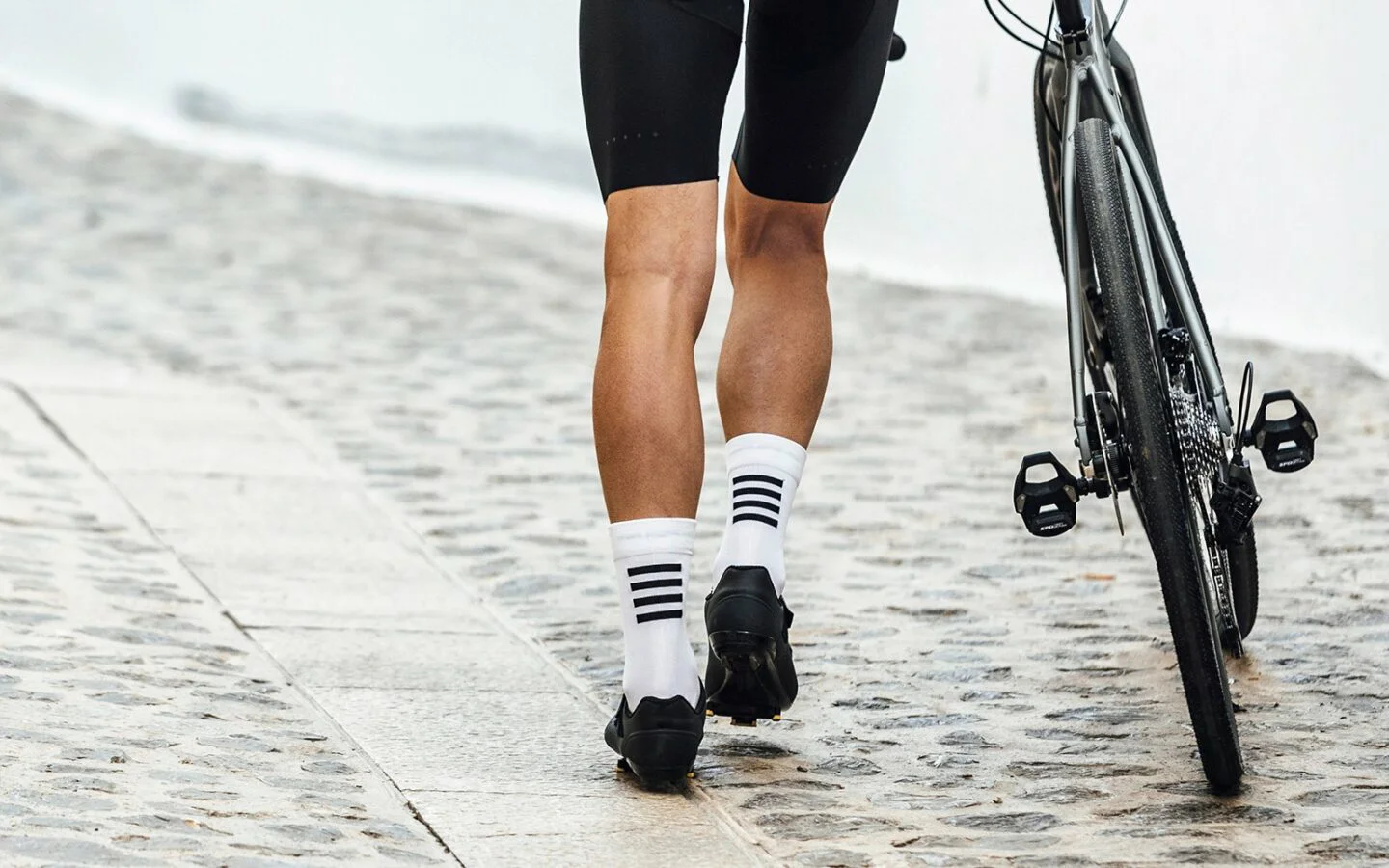
The bike’s adjustment and our position on it can also cause cramps, promoting muscle fatigue in general, plus an incorrect saddle height or ill-positioned cleats can cause muscles to work harder than they should.
Switching to a cycling modality where the body position and the pedaling technique are different (i.e. from road cycling to mountain biking or time trial cycling) can also cause muscle fatigue.
Even a wrong movement or a change of position on the bike at some point (e.g. during a descent when we are in an aerodynamic position) can lead to cramps.
How to prevent cramps?
Looking back at what we said in the previous point, we can draw 4 main conclusions:
- Watch your nutrition and hydration. Especially during exercise, but also before and after to ensure recovery and to provide enough fuel.
- Make sure you train properly. The better prepared you get for the race, the less likely you are to suffer from cramps. But, as the pros themselves say at the beginning of any competition, only during the race are you able to really assess how efficient your training has been, see what needs to be improved and what your next training sessions should be like. The competition itself is part of the training because that’s when we get used to the tension, stress, speed, changes of pace… All this should lead to specific adjustments, otherwise you will build up fatigue and muscle overload.
- Rest. Reduce stress and tension. This is perhaps the hardest thing to achieve because the competitions and life have their own ways. We try to solve everyday problems by pedaling, but the nerves, stress and tension before and during a race are always there.
- Biomechanical study. Crucial not only to prevent cramps, but also to optimize our performance and prevent injuries. A solution as simple as custom insoles can be the key to your cramping problems.
How to stop and treat cramps?
It is important to stop an attack of cramp as soon as it happens as well as to treat it after exercising in order to repair possible muscle damage and relieve as much fatigue as possible.
First, slow down so as not to strain the muscle any further, stop the pain and get rid of the stiffness as soon as possible. If need be, stop and stretch for 30 seconds until the cramp goes away.
Once we are done cycling, cold treatment and massage are two effective methods to eliminate pain, inflammation and muscle stiffness.
There aren’t many other ways to stop or treat cramps, unless you want to use the famous old-school cycling trick that consists of gently pinching the cramped muscle with a safety pin or paper clip. It does work, but it also requires foresight and a safety pin/paper clip at the ready, otherwise you’ll most likely end up stretching rather than pinching your leg.
